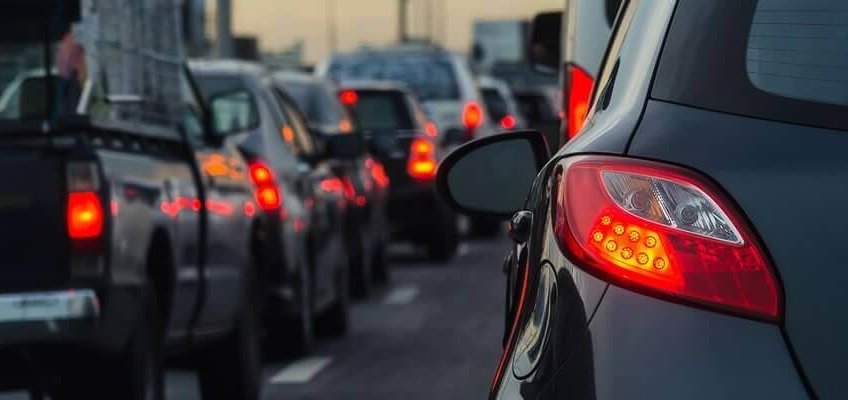
The pollution protocol in Madrid was activated in February 2016. The main objective is to try to prevent nitrogen dioxide levels from becoming harmful to health. The effects of this pollutant, product of the gases expelled by the vehicles, are pernicious and affect the respiratory capacity in particular. However, in 2018 the city will update the protocol to make it more effective.
The changes to be introduced after the summer are intended to make the protocol more efficient. Up to now, four possible action scenarios were contemplated and access to the centre was restricted to half of all vehicles, depending on whether their license plate was even or odd. The review seeks greater accuracy and efficiency.
In this way the scenarios increase to five, so as to apply the measures more gradually, whereas vehicles with restricted access will be those that do not have the environmental label. This category includes those registered before 2000 and diesel engine vehicles registered before 2006. In addition, motorcycles will be also included.
Restrictions will be imposed according to the environmental distinctions of the General Directorate of Traffic. These are four and they differ by colours: the blue ZERO affects the electric vehicles, the Eco refers to some hybrids vehicles and those propelled by gas; the green C includes freight transport with emission levels EURO 6 / VI as well as diesel and, also, petrol vehicles EURO 4 / IV, 5 / V or 6 / VI. Finally, the yellow B label includes passenger cars and petrol light commercial vehicles EURO 4 / IV, 5 / V or 6 / VI and diesel 6 / VI, among others.
As said before, the scenarios increase from four to five. Each one fulfils a function. The first serves as warning and information, the second prevents cars from parking in the regulated parking service areas (SER) if they do not bear the blue ZERO and ECO environmental label. In addition, vehicles without an environmental stamp will not be allowed to travel. This is a brand new measure, not contemplated before the oncoming revision.
As for scenario three, cars that lack an environmental label will see their movement restricted in the whole city. The fourth scenario is new and will be activated when the warning is kept for four consecutive days. In this case, the traffic restrictions will be applied up to vehicles with B label. At stage five, all the vehicles that are not ZERO or ECO will be denied entrance into the city.
The activation of the protocol depends on the concentration of nitrogen dioxide. In case the health limit measures are exceeded, the protocol goes into effect. For that purpose, three types of warning will be issued: a forewarning if the concentration exceeds 180 micrograms per cubic metre; a warning when the 200 micrograms per cubic metre are exceeded; and the alarm when the 400 micrograms per cubic metre is exceeded. In all cases, it will be taken into account that quantities are exceeded for two hours in two stations of the same area or for three hours in three stations in any area.
This way, the Madrid City Council will try to better protect the health of the residents by means of the new protocol. Pollution is becoming a more and more obvious issue and it is essential to take the necessary measures to prevent it from becoming more serious.